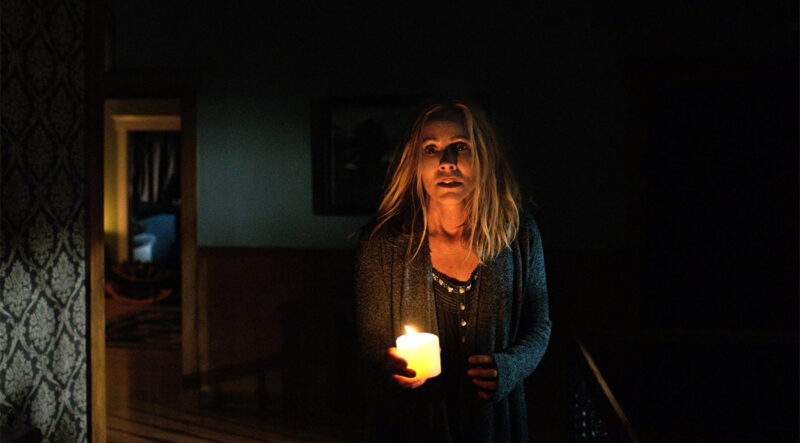A few years ago, I was having a conversation with an old university friend about the paranormal, and how as a neuroscientist he had induced ghostly sounds and associated symptoms of a haunting in a laboratory.
I was hoping that he would share his thoughts in a column for the Superstitious Times, but alas, his busy schedule prohibited him from hammering out a 400-word article.
But, as we typed, he mentioned something that resonated with me, especially now after a few bizarre experiences at the allegedly haunted George Brown house in Toronto.
“These perceptual glitches are also very common in all of us — that’s how the system works — a non-perfect estimator of reality. This results in frequent illusions, hallucinations, delusions for all people,” he had written.
I couldn’t help but revisit this after I had a series of bizarre experiences at Jaymes White’s séance back in September.
He was hosting a séance at the George Brown house in downtown Toronto, and I had the opportunity to attend the event.
I was heavy with grief since my grandmother died a few weeks prior. With her departure, an entire generation of my family has been distilled into anecdotes, sepia-toned memories and images cast on antiquated technology.
My belief, that evening, with all the uncanny moments that came and went like the dinging of two bells one after the other, was that my mood was already hampered.
I was more in tune with the phenomenon? Or was my mind a little more malleable?
When the séance was over, I still questioned the legitimacy of my experiences, which probably explains why I went to bed so easily that night. I’ve shared this with the host of the event, Jaymes White.
I am, after all, a journalist by profession, so I am skeptical of happenings, even if I experienced them with my own senses.
For me, I felt my emotions left me more susceptible to the energies of those around me. As a journalist I’m supposed to be critical, to explain the phenomenon off and not fall into some folie à deux.
Not to devalue any of my own experiences. There were some pretty bizarre feelings I had that I’m still trying to process, as my thought processes tend to function on a purely agnostic level.
Factor in my wife’s decree before I went to the séance, “Don’t bring anything home with you”, I was perhaps a little open to suggestion.
My point is before I spiral any further down that Tulip Staircase, is that our emotions can greatly influence our perceptions of events, supernatural or otherwise.
It is a must for investigators, reporters, evaluators of the uncanny to discern the mental health of those present. I won’t go as far as to say emotions can taint an investigation, but it can contribute to how they’re interpreted.
That is to say, every cold spot, every light anomaly caught on film and every garbled background noise on a digital recorder may be interpreted as paranormal when it can be explained in a more grounded manner.
By no means am I balking at supernatural phenomenon. This is merely a caution to make sure all checks and balances are in place before hypothesizing a location is haunted.
The mind is an amazing thing, and it can often interpret occurrences in a dark room differently.
Photo of Lights Out courtesy Warner Bros.

